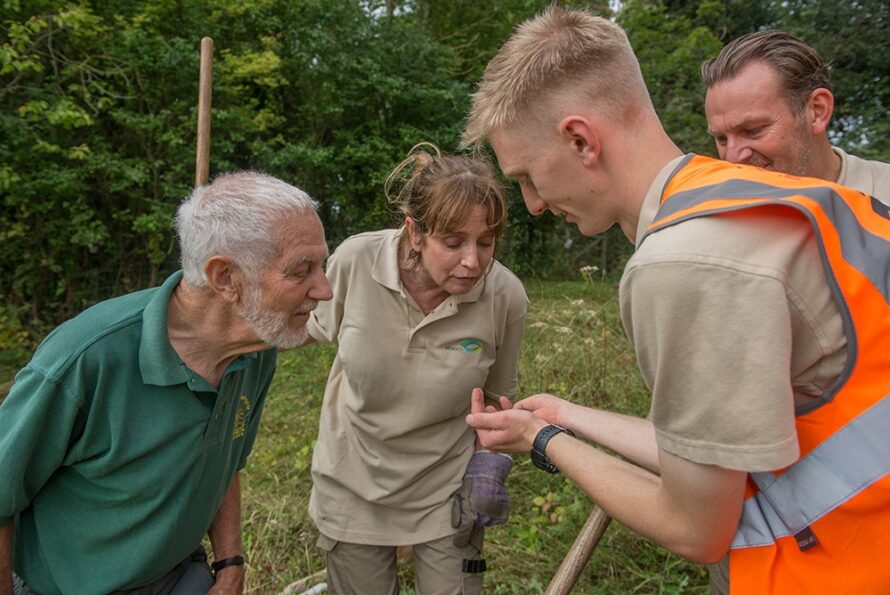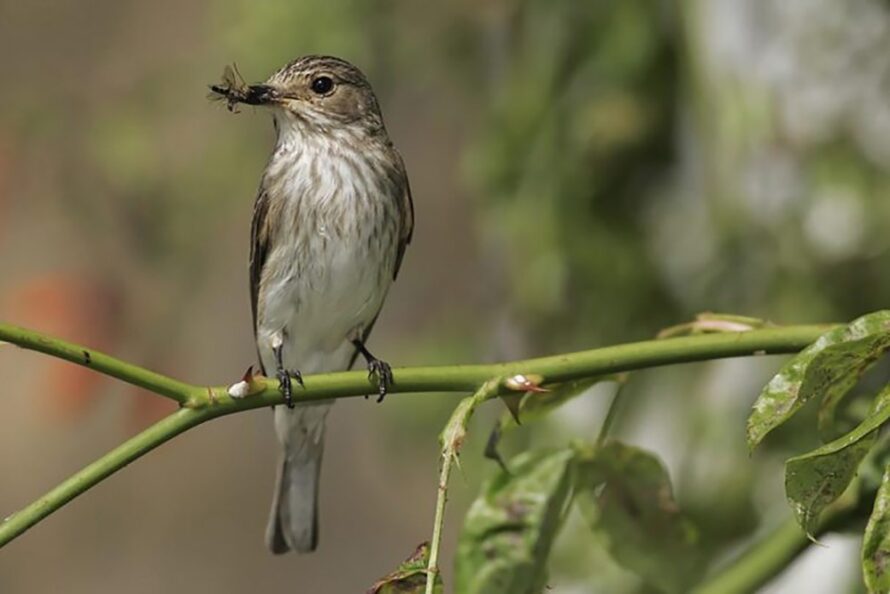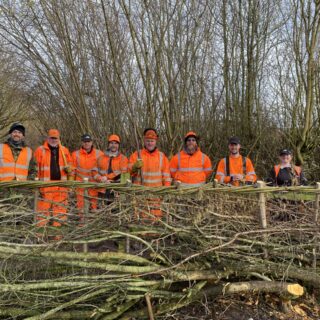Suggestions
Grounds Maintenance, Landscape Creation, Arboriculture, Sports Surfacing, Parks management, IOS Managing Safely Training, Ecology & Biodiversity, Grass cutting, Horticulture, Street Cleaning, Soft Landscaping, Hard Landscaping
Our Services
idverde provides a wide range of green services, including grounds maintenance, landscape creation, and advice services, to both private and public sectors across the UK.
Ecology & Biodiversity
Have a question not covered here?
The importance of boosting nature
idverde provides a range of ecology and biodiversity services to meet each client’s specific requirements. Our expertise in green space management means that we can deliver advice on the ground, achieving practical benefits for the environment and wildlife.
idverde's Ecology and Biodiversity Services
We offer a range of ecology and biodiversity enhancing services, including habitat and species surveys (including extended Phase 1 and Phase 2 assessments). We also deliver practical services to complement our survey work; for example, the identification and treatment of invasive plant species.
Our colleagues are trained to act in an environmentally sensitive way, and receive biodiversity training so that they can identify issues and act accordingly, e.g. the potential for nesting birds to be present.
Biodiversity Advice
idverde produces detailed management and maintenance plans for your site that take full account of biodiversity and deliver measurable gains, e.g. designing and installing planting schemes that are of value to pollinating insects. We can provide targeted and clear management advice for specific species, as well as more general site-wide guidance. The nature of our work as a green space management contractor means that we consider biodiversity on a daily basis and are experts in ensuring it is preserved and enhanced across our contracts.


Biodiversity Action Plans
Much has been heard on the news recently about the threat to our planet and ecosystems, from pollution to the potential extinction of many animal and plant species. There is much that we can do at a local level to improve biodiversity, and local Biodiversity Action Plans are a mechanism for focussing resources and utilising local partnerships to conserve and enhance local biodiversity and, in combination with others, national biodiversity. Read more about our Biodiversity Action Plan Service.
Ecology and biodiversity services include:
- Extended Phase 1 Habitat Surveys
- Preliminary Ecological Appraisals
- Phase 2 Habitat surveys – National Vegetation Classification
- Habitat Management and Enhancement Plans
- Production of Biodiversity Action Plans
- Production of ecology-themed toolbox talks for operatives
- Survey for presence of invasive species and preparation of management plans
- Protected species surveys (such as bats, breeding birds, invertebrates, great crested newts, reptiles)

